What is Fashion and Why Does Fashion Matter in Today's World?
Fashion encompasses the art and science of
clothing design, personal style choices and cultural expression through dress. Derived from the Latin '
facere' (to make),
Fashion represents humanity's creative approach to functional clothing that reflects individual identity, social status and cultural values. It reflects the choices we make every day, from the clothes we wear to the styles we admire.
The
colours, fabrics and designs we choose often reveal our personality, mood and even our values. It gives us confidence, helps us feel comfortable in our own skin and allows us to experiment with style as we grow and change. On a larger scale, fashion is a mirror of society. It captures traditions, celebrates cultural diversity and shows how communities evolve over time. In India, fashion blends centuries-old craftsmanship with modern ideas, creating styles that feel both rooted and fresh.
For students, fashion is an exciting field that mixes art, history and technology. For general readers, understanding fashion adds meaning to daily choices and connects us to a wider world. Style choices extend beyond aesthetics to encompass self-expression and cultural storytelling across generations.
The Evolution of Fashion: History & Culture
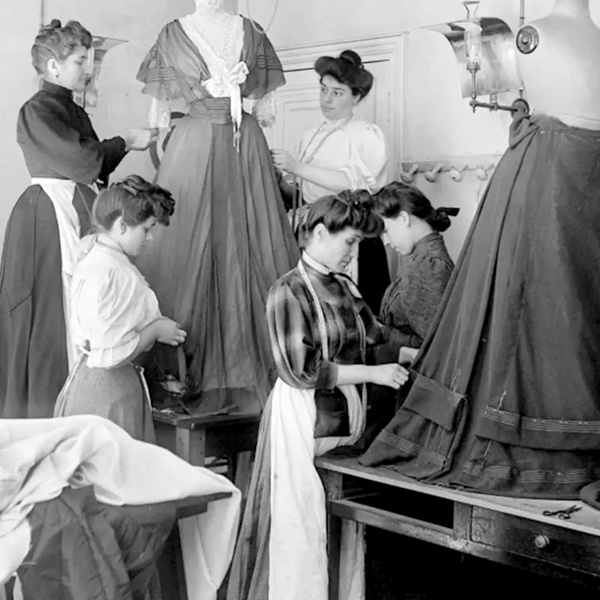
Fashion has always been a mirror of history, reflecting the changes in society, power and culture. From ancient traditions to modern
global trends, every era has left its mark on the way people dress. In the 9
th century, Ziryab, a musician and style icon in Moorish Spain, transformed fashion by introducing seasonal clothing, elegant fabrics and new grooming standards. His influence spread across Europe, shaping early ideas of personal style. In West Africa,
textiles carried deep cultural and economic value. Beautifully woven cloth, such as kente and strip-woven fabrics, became symbols of wealth and were even used as currency in trade.
Fashion has always been tied to identity. Across India, traditional attire carries stories of heritage,
craft and community. From intricate Banarasi silks to the geometric patterns of Nagaland shawls, every region expresses its culture through clothing. Designers like Ritu Kumar played a key role in reviving Indian handlooms and embroidery, bringing centuries-old techniques back into the spotlight and inspiring a global appreciation for Indian craftsmanship.
Over time, fashion also became a marker of change. Industrialisation introduced mass production, making clothing more accessible but shifting focus away from handcraft. Colonialism and global trade brought new fabrics and designs, blending cultures and shaping
modern fashion. Today, fashion is global but still rooted in local traditions, with cultural identity influencing trends worldwide. Fashion's journey is more than just style; it's a living record of human history, shaped by culture, economy and creativity across centuries.
Fashion as Communication and the Psychology of Dress
Clothing speaks before words do. What you choose to wear often reflects your personality, social status, mood and values. Fashion acts as a non-verbal language, shaping first impressions and influencing how others see you. A well-chosen outfit can communicate confidence and professionalism, while
casual wear may signal comfort and approachability.
The psychology of dress explores how clothing affects both the wearer and the observer. Research shows that outfits influence confidence, self-perception and even behaviour. When people feel good in their clothes, they naturally carry themselves with more ease and authority.
Fashion choices often express identity, culture and individuality, helping people feel connected to certain communities or trends.
How Clothing Reflects Mind & Society
- Dress Codes and Stereotypes - Uniforms, formal suits or cultural attire instantly communicate roles and expectations. Schools, workplaces and events use dress codes to maintain order and express values.
- Mood and Self-Image - People often choose colours, styles and fabrics that match or uplift their mood. Comfortable, flattering outfits boost confidence and reduce anxiety.
- Social Perception - Studies highlight that people judge competence, trustworthiness and status within seconds based on clothing.
- Research Insights - Fashion scholar Mary Lynn Damhorst emphasises that dress is a form of communication as clear as spoken language. Fashion psychology studies also show that clothing choices can change cognitive performance and emotional states.
Fashion is not only about trends; it is a powerful tool that influences how we see ourselves and how others see us. Understanding this link between style and psychology helps individuals express themselves authentically while navigating social expectations.
Fashion, Society & Identity: How Style Shapes Our Lives

Fashion is more than clothing, it is a language of identity, culture and tradition. In Indian fashion culture, every weave, embroidery style and textile design carries a piece of history. Handloom saris,
bandhani prints, ikat patterns and kantha embroidery are not just beautiful garments but living proof of India's rich textile heritage. Wearing traditional Indian attire helps preserve these crafts and supports artisans who keep ancient techniques alive.
Fashion also shows social belonging. What we wear often reflects our background, lifestyle and community. Regional outfits, workwear styles and even casual trends communicate status and taste. A simple khadi kurta, a Banarasi silk sari or a well-tailored suit can say a lot about someone's roots and personality.
Traditional clothing holds a special place in cultural events.
Festivals, weddings and religious ceremonies are often marked with outfits rich in meaning. These garments, whether lehengas, sherwanis or temple-border saris, are symbols of cultural pride and carry stories of generations before us. At the same time, fashion changes with society. Modern Indian fashion blends western influences with heritage textiles, allowing people to celebrate individuality without losing connection to tradition. This fusion reflects India's evolving social norms while keeping culture at the heart of style.
The Business of Fashion: Economic & Global Perspectives

Fashion is more than creativity, it is a powerful global
business that drives economies and shapes cultures. It is one of the largest industries in the world, employing millions of people at every stage, from cotton farmers and weavers to designers, marketers and retail workers. In India alone, fashion provides livelihoods for artisans and workers in both organised and unorganised sectors, making it a vital part of the economy.
Global fashion generates trillions of dollars each year, with countries like France, Italy, the United States and the United Kingdom leading as fashion capitals. Cities such as Milan, Paris, New York and London set international trends, but emerging hubs like Mumbai, Shanghai and Seoul are steadily gaining influence. This growth shows how interconnected the industry has become, with designs, fabrics and ideas crossing borders faster than ever.
Media plays a key role in this global exchange. Fashion magazines, television and now digital platforms create instant access to new trends. Social media has transformed this process even further, giving designers, brands and influencers a direct way to connect with audiences. Platforms like Instagram and YouTube have turned fashion shows, celebrity looks and brand campaigns into viral content, creating global demand almost overnight.
Celebrity culture has also changed the pace of fashion consumption. A single red-carpet appearance or a Bollywood star's street style photo can spark new trends across India and beyond. Influencers add another layer, shaping consumer behaviour and making
fashion marketing more interactive than ever.
The business side of fashion continues to evolve as technology and globalisation open new opportunities. From luxury brands expanding into Asia to local Indian designers gaining international attention, fashion is no longer restricted to traditional capitals. It is a dynamic global economy that blends creativity, commerce and culture, influencing not just what we wear but also how economies grow.
Ethics and Sustainability in Fashion
Fashion today is not just about style. It shapes industries, influences culture and affects the planet. The choices we make in clothing production and consumption leave a lasting mark on the environment and society, which makes ethics and sustainability central to modern fashion.
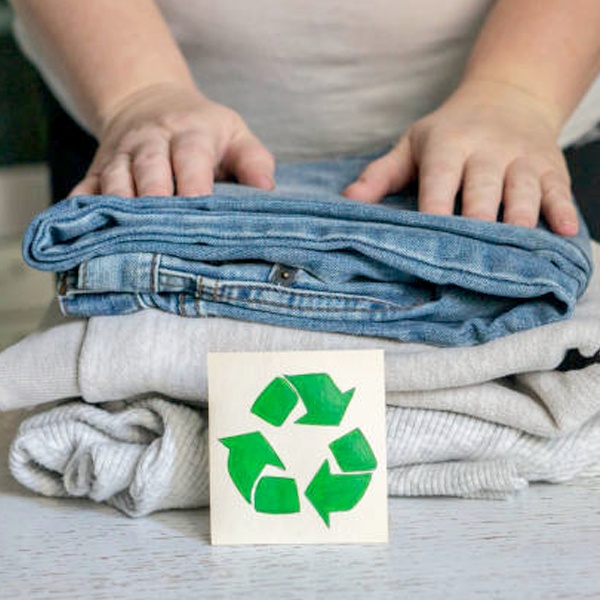
- Environmental and Social Impact - The fashion industry consumes vast amounts of water, energy and raw materials. Chemical dyes pollute rivers, synthetic fabrics shed harmful microplastics and fast fashion creates mountains of textile waste. On the social side, many workers in developing countries face unsafe conditions and low wages. Choosing ethical fashion means supporting fair labour practices and reducing harm to nature.
- Principles of Sustainable Fashion - Sustainable fashion focuses on minimising waste, reducing carbon emissions and creating clothing that lasts. Designers choose eco-friendly fabrics, adopt low-impact dyeing techniques and use responsible sourcing. The goal is to create garments that respect people, animals and the environment while maintaining quality and style.
- Circular Fashion Systems - A circular approach keeps clothes in use for longer. It encourages:
- Reuse - Buying vintage clothing, swapping garments or donating unwanted pieces.
- Repair - Extending the life of clothes by fixing minor damages.
- Recycle - Turning old textiles into new fabrics or products.
These practices reduce landfill waste and save valuable resources. - Call to Future Designers - Students entering fashion design play a vital role in shaping the future of this industry. By using sustainable fabrics, innovative production methods and ethical supply chains, they can build brands that value creativity without damaging the planet. Designing responsibly is no longer optional; it is the need of the hour for a healthier, fairer fashion world.
Fashion as a Force for Change: Activism and Innovation
Fashion goes far beyond trends. It has become a tool to challenge stereotypes, amplify voices and inspire action. Designers, brands and even everyday people now use clothing to send strong messages, spark conversations and push for change. Clothing often acts as a visual protest. From slogan T-
shirts supporting social causes to symbolic colours worn during movements, fashion gives people a way to express identity and stand up for their beliefs without saying a word. This power to communicate visually has made it a strong part of activism worldwide.
Inclusion and diversity have reshaped the
fashion industry in recent years. Models of different body types, ages, ethnicities and abilities now walk global runways, breaking the long-held standard of one
ideal look. Designers also draw inspiration from cultural traditions, giving representation to communities that were once ignored. This shift helps fashion reflect real people and create a sense of belonging.
Design has also become a form of empowerment.
Adaptive clothing, gender-neutral collections and sustainable innovations allow people to feel confident, respected and seen. For many, what they wear is more than style; it is self-expression and strength. A landmark example of this movement was the '
Why Fashion Matters' exhibition at the Victoria and Albert Museum in London. It highlighted fashion as a global language, capable of influencing politics, culture and social justice. The exhibition showcased how garments can tell powerful stories, from protest movements to groundbreaking design innovations.
Fashion today is not just about looking good. It is about making a statement, supporting communities and pushing industries to be more inclusive and responsible. This transformation proves that fashion is one of the most creative forces driving change in society.
From Concept to Creation - The Design Process
Fashion design is more than just sketching pretty outfits. It follows a clear process that blends creativity with technical skill, turning an idea into a finished garment. Every stage matters and students who master these steps gain a strong foundation for building original collections.
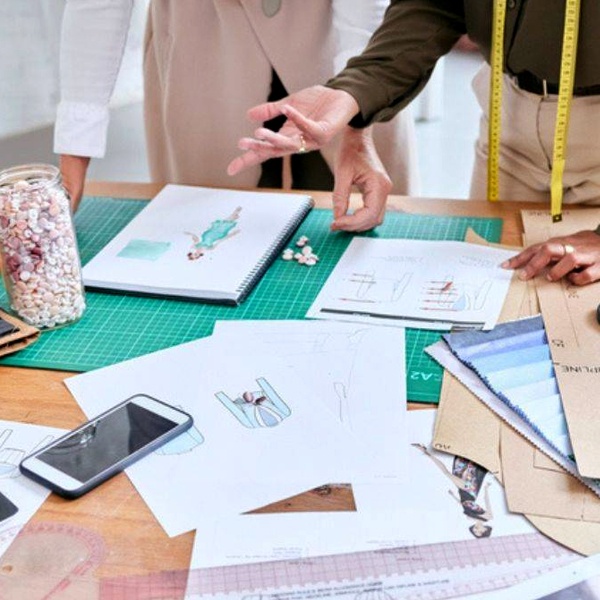
Research and Inspiration
Design begins with research. Designers study trends, fabrics, colours and cultural influences to build a theme or story for their collection. Mood boards and inspiration journals help organise ideas and set a clear direction.
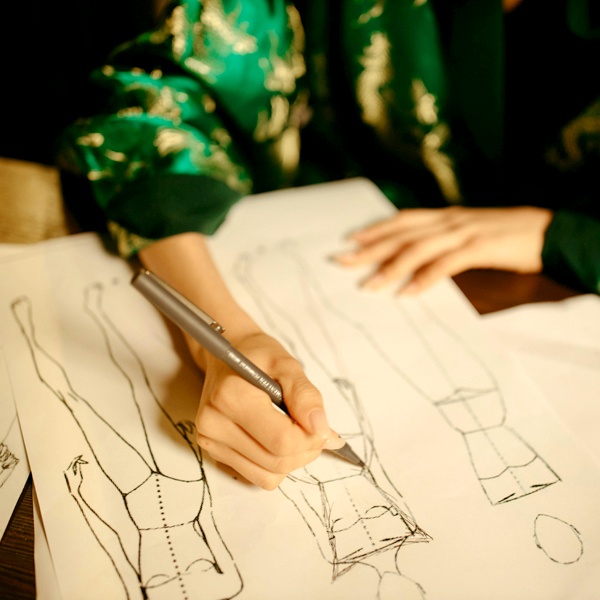
Sketching and Illustration
Once the concept is clear, designers create detailed sketches to visualise their ideas. Fashion illustration communicates the silhouette, style and feel of the design before any fabric is cut.
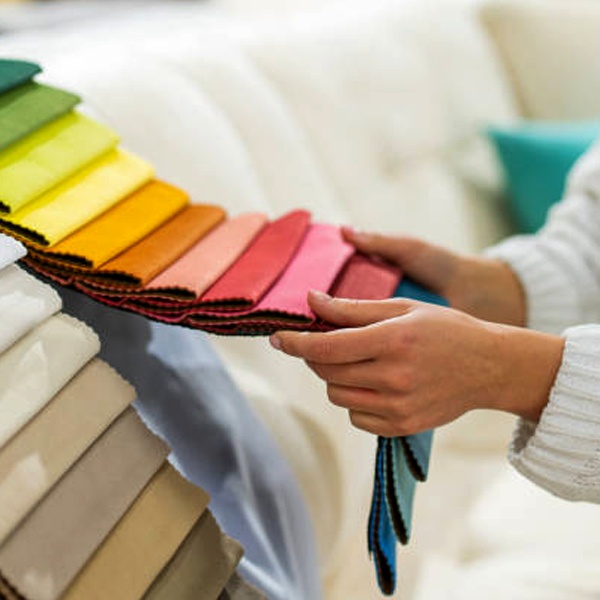
Fabric Selection and Textiles Study
Choosing the right fabric is crucial. Designers study textile properties such as texture, drape, stretch and durability. Understanding
fibres and weaves helps match materials to the design's purpose, whether for comfort, structure or luxury.
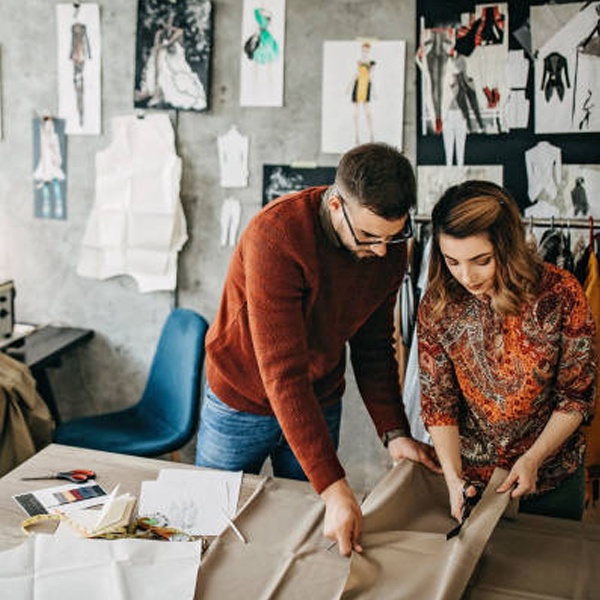
Pattern Making
Patterns are the blueprint of a garment. Designers or pattern makers translate sketches into flat paper patterns with exact measurements. Precision at this stage ensures accuracy and a good fit.

Draping and Sampling
In draping, fabric is pinned and shaped directly on a dress form to bring the design to life. A sample or toile is created to test the pattern and fit. Students spend hours perfecting this step to avoid errors in production.
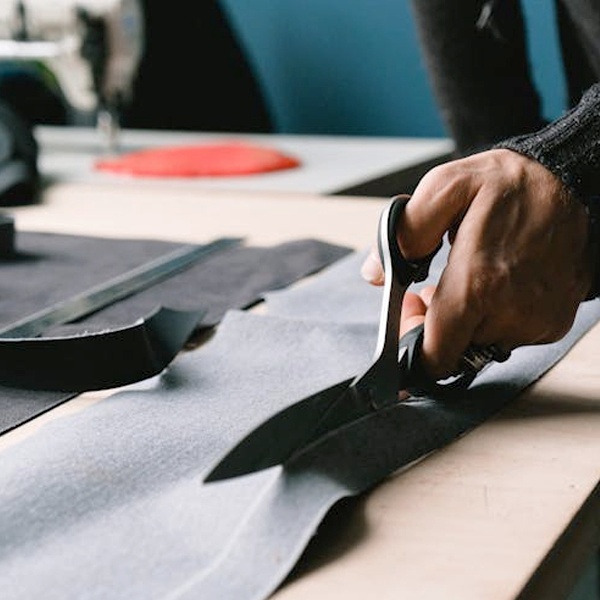
Cutting and Construction
Once the sample is approved, fabrics are cut and sewn together. Techniques like seam finishing, lining and pressing refine the garment's structure and quality.
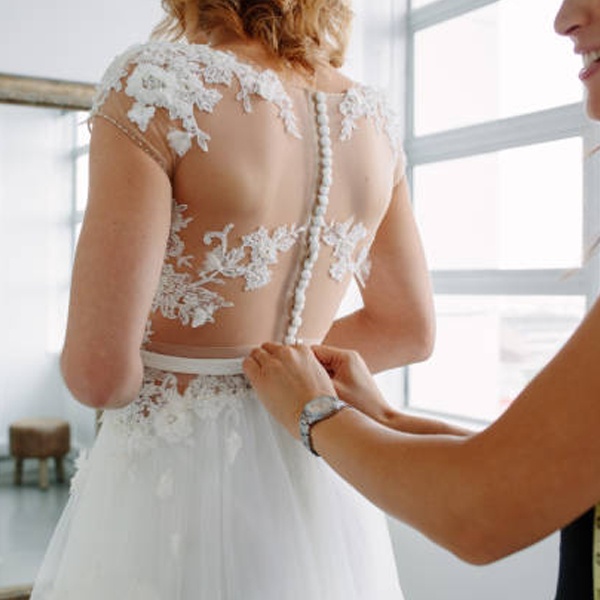
Final Fittings and Adjustments
Designers review the piece on a model to ensure it fits well and meets the design vision. Adjustments are made before moving to full-scale production.
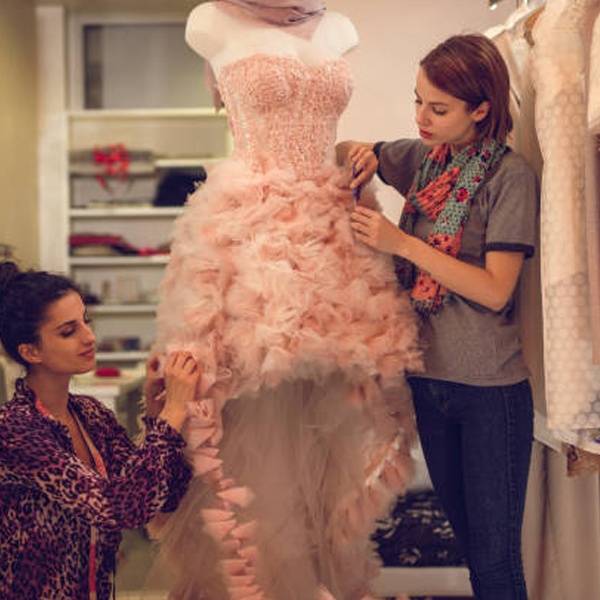
Presentation and Styling
The final garment is styled and presented, either for assessment,
portfolio building or fashion shows. This stage highlights the designer's creativity and technical expertise.
Why Theory Matters?
Strong design comes from a mix of imagination and technical knowledge. Students who study garment construction, textile science and design
theory can innovate with confidence. Knowing why a fabric behaves a certain way or how a cut changes movement gives depth to creativity.
Studio Practice for Students
Practical studio work is where skills develop. Students practise sketching, pattern-making, sewing and draping daily. This hands-on approach helps them solve problems quickly and refine their craft.
Fashion design is a disciplined process, not just art. By understanding every step from concept to creation, aspiring designers build the skills needed to create pieces that are both beautiful and functional.
Fashion will always move forward, shaping culture and reflecting change. It is more than clothing; it influences identity, confidence, careers and communities. For students, understanding fashion’s depth helps build a future in design, business or art with purpose and creativity. The industry is evolving towards sustainability, slow fashion and ethical choices. This shift gives young designers and fashion lovers a chance to lead with fresh ideas that respect people and the planet.
For everyday readers, fashion can be both practical and expressive. Choosing quality over quantity, supporting local artisans and reusing garments are simple steps that make a difference. Personal style should feel authentic, not driven by trends alone. Fashion's future belongs to those who see it as a form of self-expression and a tool for change. Whether you study it or simply enjoy it, fashion offers a way to celebrate individuality while contributing to a more mindful world.
FAQ about Importance of Fashion
1. What is fashion and how is it different from style?
Fashion shows your personal style. A dress code is a set of rules to follow. You can still look stylish by choosing neat fits, light fabrics and simple accessories.
2. How can I make a small wardrobe for all seasons and festivals?
Keep basic cotton and linen clothes for summer, light layers for monsoon and one warm piece for winter. Add a saree or kurta set for festivals.
3. How to wear ethnic clothes at work?
Pick plain colours and simple cuts. Pair a kurta with straight trousers. Wear small jewellery and closed shoes.
4. What is modest fashion?
It means covering more skin by choice. Loose clothes, long sleeves and light layers are common. You can add colour or prints for style.
5. Is renting clothes for weddings and festivals worth it?
Yes. It saves money and space. Book early, check fitting and cleaning details.
6. How can students dress well on a budget?
Buy fewer good-quality clothes. Mix and match, use simple accessories and shop in street markets or thrift stores.
7. How do I care for sarees and delicate clothes?
Wash gently with mild soap and cold water. Dry in shade. Store in cotton covers and refold every few months.
8. How to shop smart without spending too much?
Plan before buying. Pick quality over trend. Track how often you wear each item.
9. How to donate or recycle clothes in India?
Give clean clothes to local NGOs. Turn damaged ones into cleaning rags or cushions.
10. How does climate affect fabric choice in India?
Hot coasts need cotton and blends. Dry heat works with linen. Cold north areas need wool and layers.
11. How can men try new styles easily?
Start with proper fitting clothes. Add colours or patterns in socks, shoes or shirts.
12. What is sustainable fashion in India?
It means wearing your clothes longer, repairing them and buying less. Choose natural or recycled fabrics.



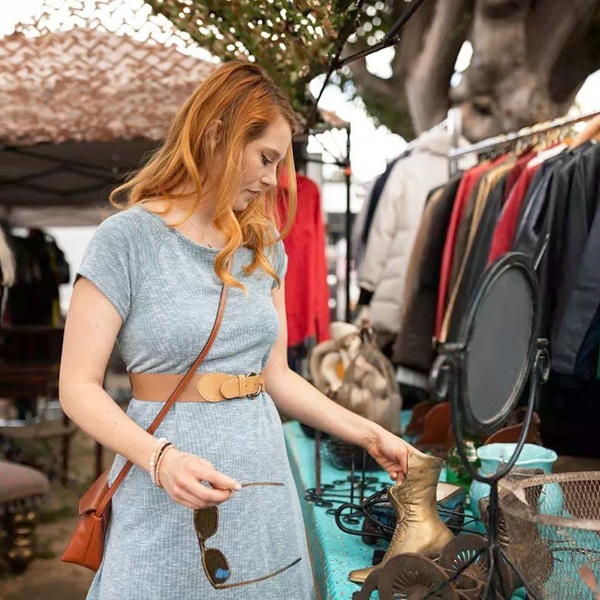



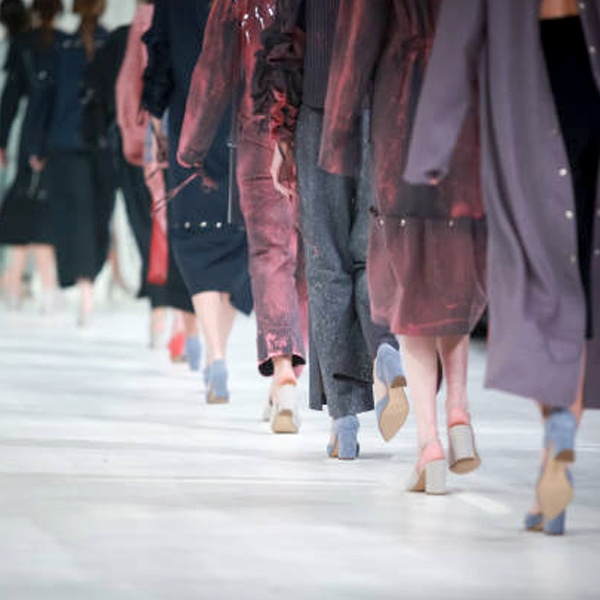








 CONTACT USWaves Institute of Fashion Designing,
CONTACT USWaves Institute of Fashion Designing,